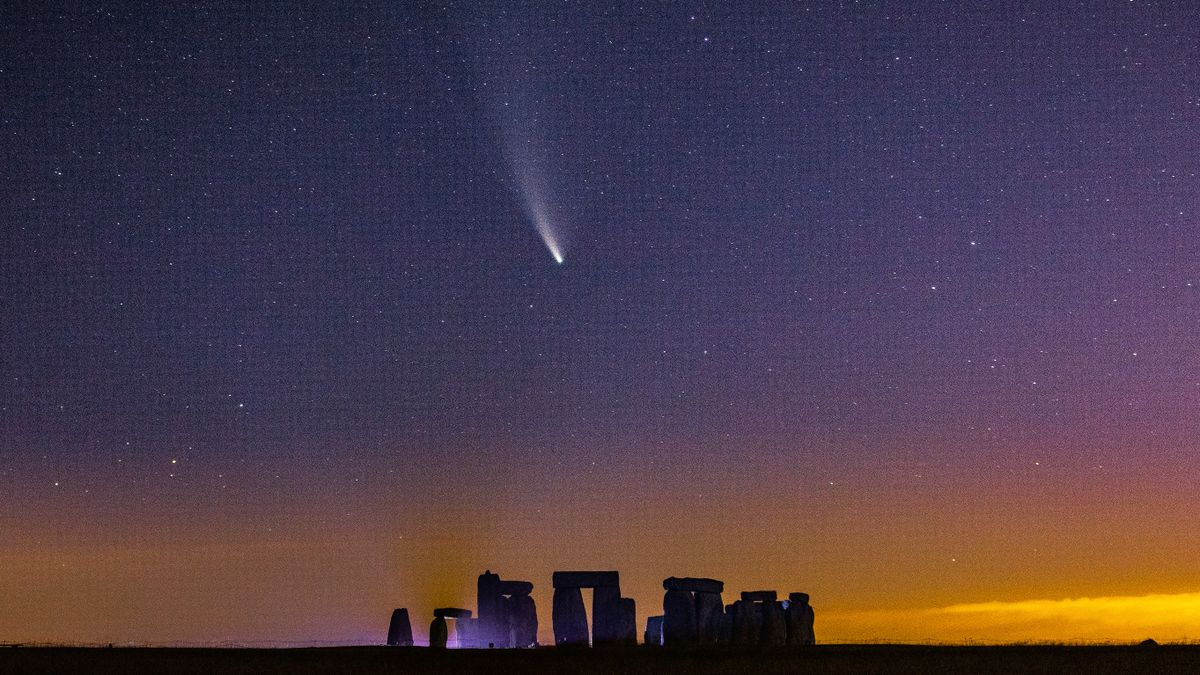
Images of the amazing comet Neowise have been flooding the news and social media channels for the past few weeks, and it’s not too late for you to see and photograph this incredible astronomical phenomenon yet.
However, if you want to get a picture of this amazing astro event then this week is probably your last chance. With this particular comet not expected to make its return visit to the heavens of the earth for another 6,800 years, this is something you don’t want to miss.
Often comets turn out to be more disappointing than astronomers expected, but so far you’ve exceeded expectations, and there’s still time to see for yourself. People were getting good views and images of the comet last night … and although the comet is getting weaker in the sky, it is actually now at its closest point to Earth.
Comet Neowise, or Comet C / 2020 F3 to give it its full name, has proven to be one of the best comets for people to see without the need for specialized equipment since Comet Hale-Bopp in 1997.
It is visible on the northern horizon after sunset, when it is dark enough to make out the comet and its tail. You need to be in the northern hemisphere, and of course you also need clear skies.
How to see the comet

But according to Space.com, conditions for seeing Comet Neowise are now improving. Until last week, the best pictures were taken in the early morning hours, but now the best views will be about an hour after sunset.
“If it’s in the northern hemisphere, you can see it,” said Joe Masiero, deputy principal investigator for NEOWISE, the NASA space telescope that discovered the comet, “as the days go by, it will increase in the night sky as well you’ll want to look northwest just below the Big Dipper. ” (The Big Dipper is a ladle-shaped star pattern that is part of the Ursa Major constellation, also known as Big Bear or The Plow.)

You can see it with the naked eye, once you know where it is and your eyes get used to the dark. But the comet and its tail will be much clearer to see in long-exposure photographs, so taking photographs may be your best option for choosing the comet of the other stars.

How to photograph the comet


To photograph the comet, you need a reasonably long exposure to capture the comet. An exposure setting of around 5 to 10 seconds is approximately what is expected. For this, you’ll need to use your lens at its widest and maximum aperture, and then set a relatively high ISO to give you the correct exposure.
An ISO between 800 and 3200 is what you can expect (the exact setting will depend, among other things, on the maximum aperture of your lens). Therefore, a tripod is essential if you want sharp shots.
You can use any lens, but the best shots we’ve seen so far have used a short telephoto setting, so the comet is reasonably sized in the frame. A key point is that you should try to find a camera position where you can include some foreground interest (some rocks, for example, or a building) that provides some context for your image.
To get a better look at the comet and see the forked shape of its tail, it is worth taking binoculars with you.

read more
• The best lenses for astrophotography
• The best camera and equipment to photograph the night sky.
• The best light pollution filters
• The best telescopes for astrophotography
• The best binoculars